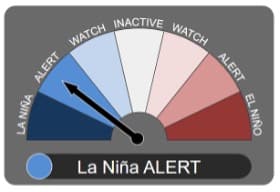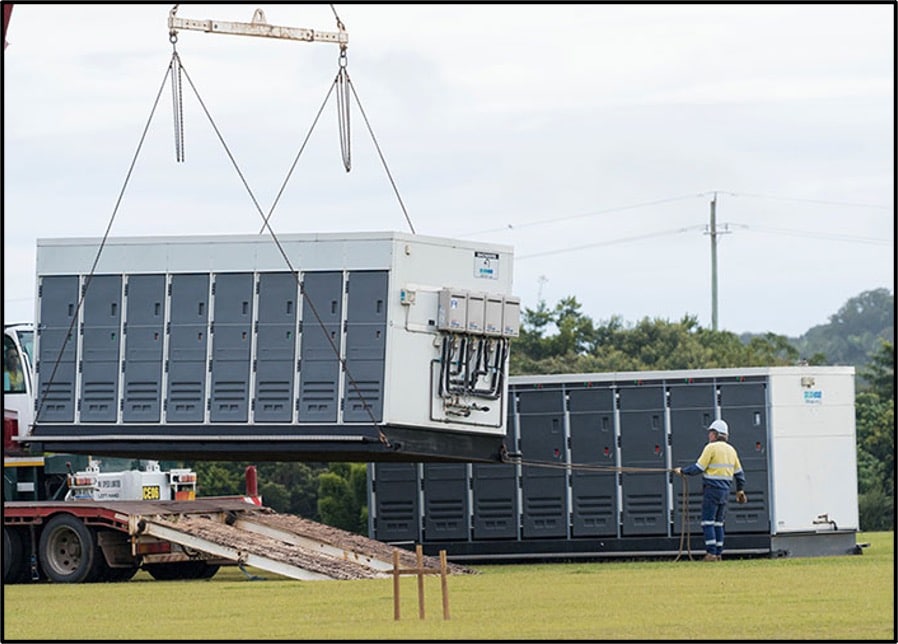We continue to support families in Northern NSW
It’s a paradox. There are a lot of negative media stories out there and we all get sick of them. But in the case of the NSW floods, we need the media to keep the plight of NSW flood victims in the news. We still need the community support that comes from such stories.
So, to maintain balance, let’s cover both the bad news and the good news.
Let’s start with the bad news so we can end on some good news and a sense of optimism from what Dharma Care is doing to help – and an invitation for your support so you can be part of the good news.
Why is it getting worse?
First, the official response has been slow. The community’s reaction to the NSW report ranged from frustrated to furious. Tamara Smith MP, Member for Ballina, gave a pretty scathing response:
“Unfortunately, the announcement today raised many more questions than answers and for many people what was flagged today brings them no closer to knowing what the future looks like.”
Second, thousands of people are still living in tents or caravans, have lost their jobs due to businesses closing, or both. When you are in that situation, there’s a fatigue that sets in, a despair that eats away at you.
And if you do have a job, how do you cook for your kids on a barbecue each night, have a cold bush shower in the morning, and then turn up at work ready to do a day’s work. It’s exhausting.
“That’s the part that I’m struggling with now is that it feels like it’s unviable to live here because there’s no security, and when you take away people’s security, your life tends to unravel.”
Third, it’s getting harder to keep the momentum of fundraising going. Everyone knows that we get used to the nightly news items and its easy to become numb to the situation. So, while the suffering is increasing, the Australian-wide community support, so critical in these situations, is diminishing.
Fourth, there’s more rain to come. The displaced living in tents will suffer another round of difficulties. And other families who avoided the last disaster may be affected this time. We need to build services and facilities so we are resilient and can cope with future events.
Last week, the BOM wrote:
La Niña ALERT remains active. This means that the chance of La Niña forming in the coming months is at least 70%. This is around three times the normal likelihood of an event forming in any year. … La Niña conditions increase the chance of above average spring and summer rainfall in northern and eastern Australia.

Fifth, climate-induced flooding is predicted to increase in years to come. The latest IPCC report for the Australasia region explains the floods and fires in recent years are evidence of the impacts of climate change, and that this is going to continue, in fact to get worse.
Extreme rainfall is projected to become more intense (high confidence) but the magnitude of change is uncertain.” [Pages 11-45]
Modelling studies project increases in flood magnitudes in northern and eastern Australia (high confidence).” [Pages 11-45]
Australia’s Climate Council 2022 Report (p. 1) spells out the implications:
“Pluvial (flash flood from high intensity rainfall) and fluvial (river) flooding are the most costly natural disasters in Australia, averaging AUD$8.8 billion per year (Deloitte, 2017b).” IPCC Report – Australasia, 2022, p. 1612.
“Climate change is creating an insurability crisis in Australia due to worsening extreme weather and sky-rocketing insurance premiums.” Climate Council Report 2022, p. 1.
Let’s Talk Stats
Almost 11,000 homes were damaged across the Northern Rivers in the February and March floods, and more than 4,000 have been deemed uninhabitable.
The repair bill from the February/March floods in the Northern Rivers will cost another $3 billion, according to the independent flood report, prepared by former police commissioner Mick Fuller and former NSW chief scientist Mary O’Kane.
Five months after the disaster, more than 1,000 people are still sleeping in emergency accommodation, while others are staying with friends and family.
So What’s the Good News?
First, governments are moving to provide assistance. To give one example, the NSW government has a handy site that summarises payments that have gone to flood victims. As of 4 September 2022, the level of support to date is as follows.
- $215m Total paid out
- $10m Flood recovery grant for small business (July 2022)
- $125.6m Flood recovery grant for small business (February 2022)
- $1.7m Flood recovery grant for rental support (July 2022)
- $25.7m Flood recovery grant for rental support (February 2022)
- $52m RAA Special Disaster Grant.
So, government money is starting to flow.
Second, temporary accommodation is starting to appear. The NSW government is relaxing its regulations to enable the setting up of temporary housing sites without the need for any additional council approvals for three years.

These parks will be located as Kingscliff, Tweed, Mullumbimby and Lismore, Evans Head, Coraki, and Ballina. Residents will also have access to utilities and support services. The stand-alone accommodation units range from studios to 3-bedroom units. In Kingscliff, close to us, a section of land has been set aside and units moving on to site.
Third, through a similar relaxation of State regulations, moveable dwellings can be located on the affected families own land, or on another person’s land (with the landowner’s consent). These moveable dwellings can be in place for up to two years and only require Council approval in relation to sewage treatment – that can be managed with composting toilet systems.
This is good news because, as you will soon read, this is an area where Dharma Care can help.
Fourth, there are dozens of small and large not-for-profit organisations who are contributing services and financial support to flood victims. We see first-hand the great work local neighbourhood centres are doing to help flood-affected families. They are close to their local communities and quickly identify families in need and can provide a range of support services.
We are very pleased to have collaboration agreements with both Pottsville Beach Neighbourhood and Kyogle Together Neighbourhood Centres and work closely with them. We plan on extending these agreements to other towns in our area.


So, the above short and very incomplete list gives a glimpse into the many activities now ramping up that are aimed at helping the thousands of flood-affected families.
“We have not received a donation for flood victims for two weeks now. It’s heartbreaking to see the need and to have exhausted the funds available to help people”. Dharma Care CEO
Where Does Dharma Care Fit In?
We are focused on three areas.
1. Providing Mobile Accommodation Units
We believe this is a need that is being overlooked.
The ability to transport a mobile accommodation unit to a site is essential when a family needs to stay on their property to look after cattle or repair fences; when they need to stay on their residential block to protect remaining assets or start rebuilding; and when they want to stay close to their local community for support of family and friends and so their children’s education is not interrupted at their local school.
We also believe most accommodation solutions used in the situations listed above (tents and caravans) are not family-appropriate. They need to be bigger; they need to be able to cope with future weather events, whether heat or rain; they need to have two bedrooms to provide some privacy and space for families who are already traumatised. Some space, dignity and comfort is an essential part of being able to plan and rebuild.
There’s a great ABC story on this subject. One of the effects of these situations is the progressive worsening of mental health created by cramped and inappropriate housing solutions.
We know from helping during the 2019 bushfires that families are still living in tents on their land three years later. Temporary accommodation will be required for at least 12 months and most likely much longer. And not everyone can move to one of the government accommodation sites. They can be many kilometres from a family’s property.
So, we are calling for corporate and individual donations to buy mobile accommodation units. Our main criteria are that they are affordable ($20K – $45K), have two bedroom spaces, have power and waste treatment, a kitchenette, a shower and a toilet, and have air conditioning. We are looking at second-hand fitted-out buses and manufactured housing units.
We have raised $67K to date but have a target of at least $300K – so big is the need.

2. Providing Flood Support Vouchers
We are already doing this. Vouchers from retailers purchased with donor funds enable families to get $250 worth of household goods and food items. To date we have distributed about $25K in vouchers in collaboration with our Neighbourhood Centre colleagues.
We want to raise another $20K for this purpose.
3. Providing Support Services
Recovery can be a long, complex and multi-staged process. We want people to have assistance over and above accommodation, household items and food during that process. Most people will need help navigating the government and charitable services to which they may be entitled.
We will again work with our collaborators in the Neighbourhood Centre network to provide those services – to make sure they have human contact and personal assistance and are not just left on their own to survive as best they can. It is often the human contact that is most important.
We Need Your Help
To help us do these things, we need to marshal the support of businesses and individuals who would like to donate, or help in some other way.
In these situations, children are particularly vulnerable: to disruption of their schooling, to humiliation amongst their peers, to social isolation – and, sadly, to domestic and family violence in its various forms.
Consider the legacy we can leave for many years to come by helping someone now. This is an opportunity to help here at home, to leave a legacy.
We need your help. Leverage off our research and skills, our community connections, to make a difference – to leave your legacy.
Who knows what negative consequences can be avoided and what positive impacts we can have through the simple act of giving to another person in need.
Donate to allow us help more people
If you’d like to help, make a tax-deductible donation through our website or email our CEO.
We’d love to hear from you.
